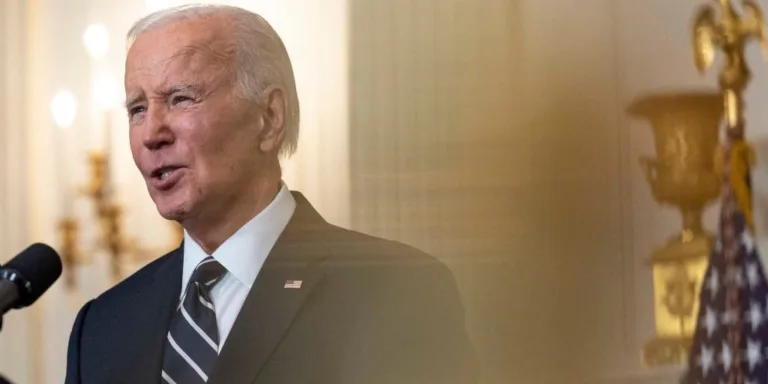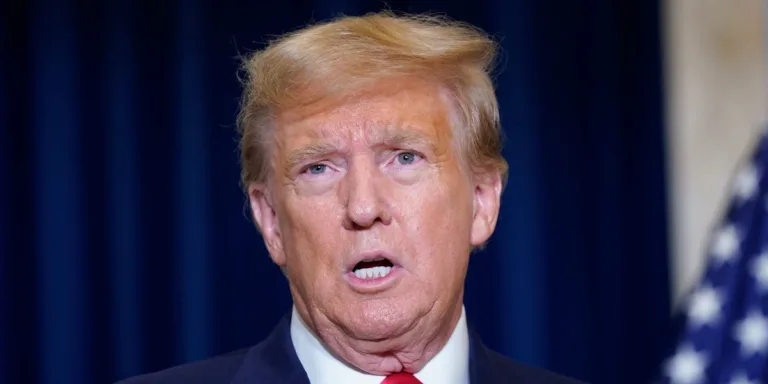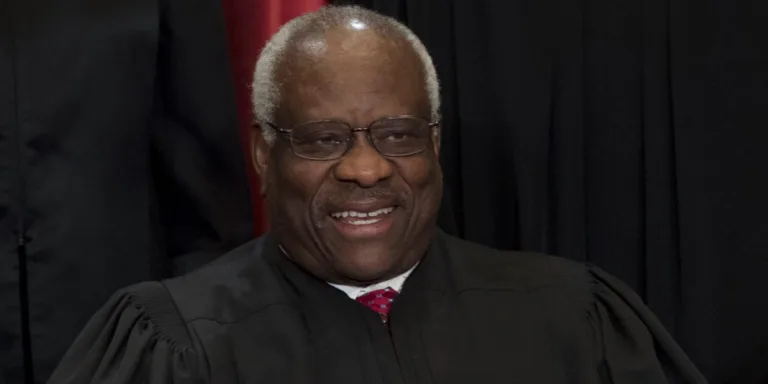United Auto Workers Union’s Bargaining Strategy and Success
The United Auto Workers (UAW) union, led by President Shawn Fain, has taken a bold approach in negotiating new contracts with General Motors, Ford, and Stellantis. With a strike that began on September 15, the UAW has effectively disrupted the operations of the three automakers and demonstrated its determination to secure better compensation and benefits for its members.
The UAW’s bargaining strategy involves three key elements. First, the union has emphasized the substance of its demands, highlighting the companies’ record profits and arguing that autoworkers deserve “record contracts” to compensate for past sacrifices. So far, the UAW has made significant progress on its demands, with Ford offering a 26% pay raise and GM accepting the union’s demand for equal working conditions and compensation in electric-vehicle battery manufacturing plants.
The union’s second strategic move is a unilateral change in the bargaining process. Instead of traditional handshake ceremonies with auto executives, the UAW has chosen to hold meet-and-greets with its members at factories, signaling its readiness to strike. Furthermore, by simultaneously bargaining with all three companies, the UAW has effectively pitted them against each other and strategically expanded picket lines as progress is made or deadlines pass.
Lastly, the UAW has successfully used social media to rally public support and get its message across. The support of President Joe Biden, who visited a picket line and expressed solidarity with the UAW, is a testament to the union’s successful outreach.
While the UAW’s bargaining strategy may seem adversarial, it represents a departure from the union’s historical concessionary mode. The UAW is now laser-focused on securing economic abundance for its members and is employing hard-bargaining tactics to do so, such as extreme demands, personal attacks, and rolling deadlines. Despite some differences between the union’s demands and what the companies are offering, there is room for compromise.
Ultimately, the UAW’s bargaining strategy has put the companies on notice and resulted in significant concessions. The path to a resolution lies in accentuating the common interests shared by labor and management, and it’s possible for the automakers to emerge as winners if they can find a mutually beneficial agreement.







